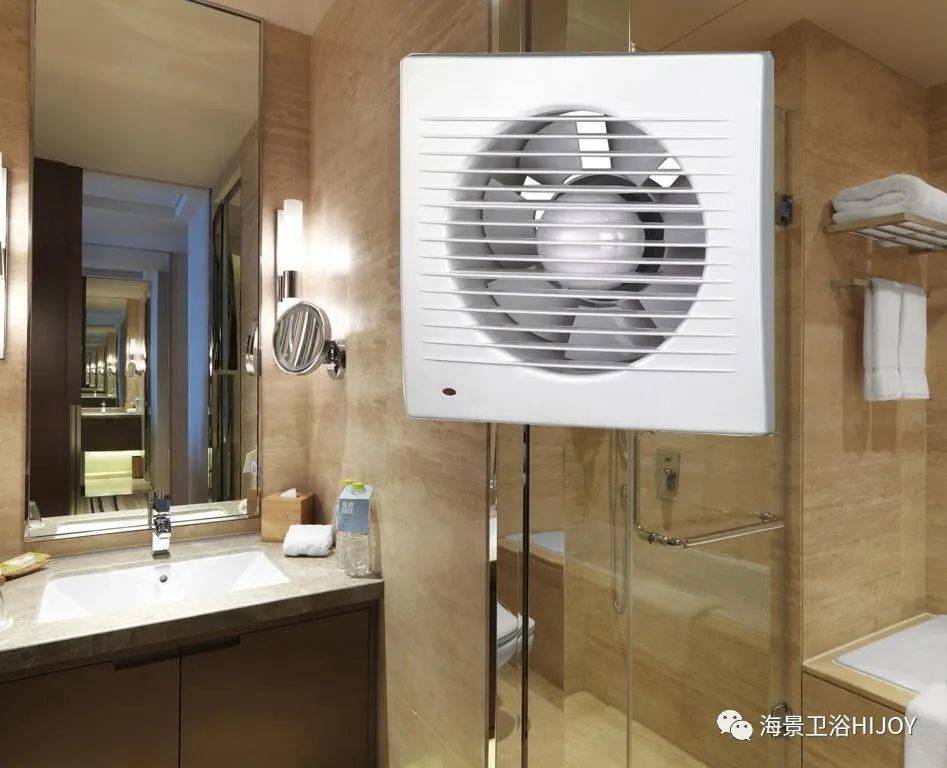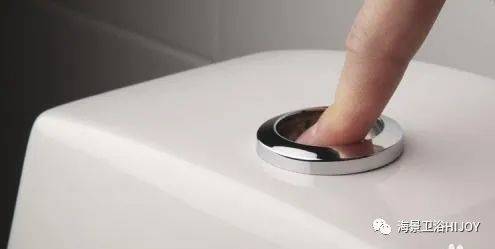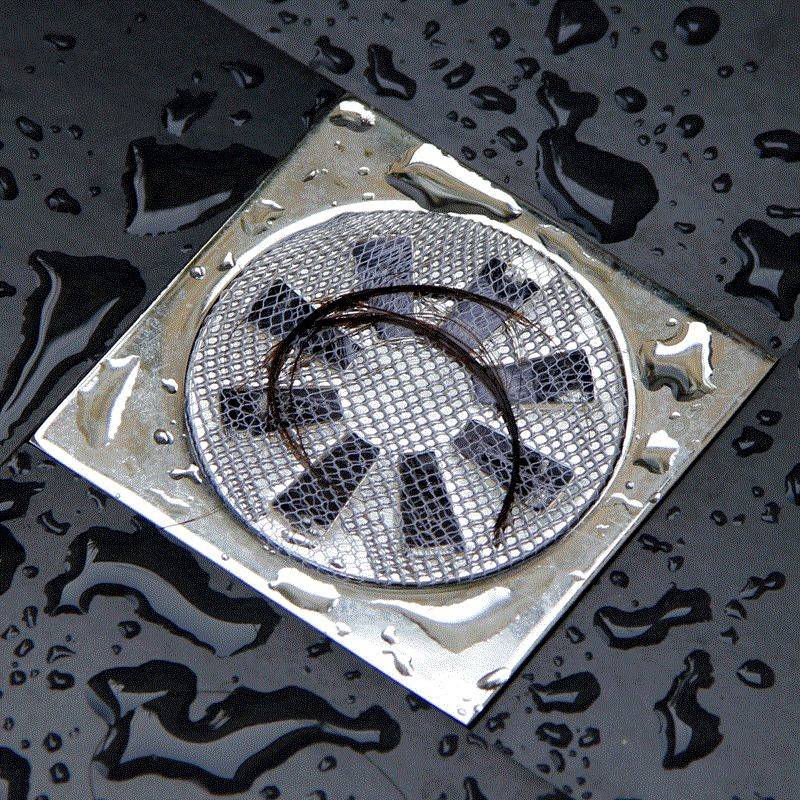Bathroom Business School
Do you know how horrible the bathroom stench is? According to the survey, the toilet stench and odor is likely to cause asthma, bronchitis, rashes, and cardiovascular disease and other major diseases.
What’s worse is that people spend at least five years of their lives in the bathroom, using the toilet more than 15 minutes a day, nearly two hours a week, which is equivalent to five years of their lives surrounded by “toxic gases”, think about all the terrible!
There Are Four Major Misconceptions About Bathroom Deodorization
The traditional bathroom deodorization exists four major misunderstandings, let’s take a look.
Myth #1.
Fecal Odor
No Impact On Human Health
Human excreta emitted odor mainly contains ammonia, hydrogen sulfide, uric acid and other harmful gases, especially the hydrogen sulfide, long-term breathing will cause human immunity decline, stimulate the human sense of smell and visual organs, easy to make the organ unresponsive, numb, especially for the elderly, pregnant women, children more harm.

Myth Two.
Normally Open Exhaust Fan
Addresses Odor And Bacterial Contamination
Exhaust fan can play a role in the bathroom air replacement, but because the exhaust fan is at the top, many of the heavier harmful substances and toxic particles can not be excluded in this way: bacteria are generally attached to the walls, towels and hair brush and other items, is not easy to exclude through the exhaust fan out.

Myth Three.
Fragrance, Freshener
It Eliminates Bathroom Odors.
Aromatics and fresheners are designed to cover up peculiar odors by emitting aroma, and cannot react with gases that cause peculiar odors, such as ammonia and hydrogen sulfide, nor can they decompose or remove such harmful gases.
In addition, most aromatics contain benzene ring, aldehydes and other substances, long-term use is likely to cause chronic poisoning, and even lead to cancer.

Myth 4.
Stinky Bowel Movements.
A Few More Flushes Will Do.
Defecation, we smell the smell of feces emitted when the stench has filled the entire toilet cavity and distributed to the bathroom, if this time to flush, the moment the cyclone will produce the toilet cavity of foul-smelling gas and a variety of germs to the bathroom and directly into the human respiratory tract, irritating the nerves, can easily lead to disease.

Where Does The Bathroom Odor Come From And How To Solve It?
1, Odor Source:
Floor Drains Floor Drains
The connection is the drain pipe, which also acts as a barrier against odors and small flying insects. Nowadays, there are U-type and T-type floor drain on the market. u-type floor drain is divided into shallow water seal floor drain and deep water seal floor drain according to the length of the water storage bend. When the water in the storage bend evaporates and dries up, the smell of the drain will come up.
When the water drains, gravity will force the seal to break, and the water will return to its original position after shooting, plus the magnet design will hold it firmly. In terms of airtightness: T-drain is stronger than U-drain, if the floor drain has bad smell, the first thing to consider is that the U-drain has drained out the water, and you only need to pour some water into it to make it airtight.


Solution.
(1) One is to change, if the floor drain water seal is 50mm, or the seal of the floor drain is not tight, or damaged, replace it with a good quality stainless steel brand floor drain.
(2) Second, seal it, if there is a gap between the water seal and the bowl, play glass glue to seal it.
(3) Disinfection, pour chemical disinfectant into the floor drain to dissolve the residue such as bath hair in the shower.
(4) Flush, often with a small bucket of water, flush the floor drain, the residue in the drain will be flushed away, and ensure that the water seal water.
(5) Check the wind cap of the roof drainage pipe to see if it is blocked by debris, and if so, clean it.
2, Sources Of Odor:
Wash Basin Drainage
(1) The sink short drain pipe is inserted directly into the underdrain and the interface is not sealed, causing the drain pipe to return to taste.
(2) There is no water storage bend in the wash basin lower drain pipe, resulting in odor return.
(3) Washing hair and other residues exist on the wall of the pipe near the water storage bend, deteriorate after a long time, the formation of odor, resulting in a return of smell.

Solution.
(1) Insert the wash basin short drain pipe into the drainage pipe joint to make rubber seal and block the return odor channel.
(2) such as a wash basin under the drainpipe is not stored water bend, can be replaced with a hose and a coil, the formation of water bend, blocking the return odor channel.
(3) to often clean up the face of the hair and other residues when washing, do not let it stay near the water storage bend on the wall of the pipe.
3, The Source Of Odor: Toilet Seal (Flange) Toilet And The Connection Of The Sewer Pipe, There Is A Seal, Also Known As The Flange. Many Bathroom Odor, Are Not Installed Because Of The Seal Caused.

Solution.
(1) Remove the toilet again and reinstall the seal.
(2) If the floor tiles around the toilet are hollow, repair the hollow tiles first, and then repair the connection between the toilet and the floor tiles.
(3) After the toilet, promptly cover the toilet cover.
(4) often use water to flush the toilet, so that the water bend is not stored in dead water, spoiled water.
(5) Regularly use chemical (non-acidic) cleaning agent to clean the toilet.
4, Odor Sources.
Hair and other residues stink Shower bathing hair and other residues, flowing into the floor drain drain drain pipe, long-term residue on the wall of the drain, deterioration and stink, resulting in the return of the smell.

Solution.
(1) Regular cleaning of bathing room residues.
(2) Disinfect frequently to kill spoilage germs.
 WOWOW Faucets
WOWOW Faucets





您好!Please sign in